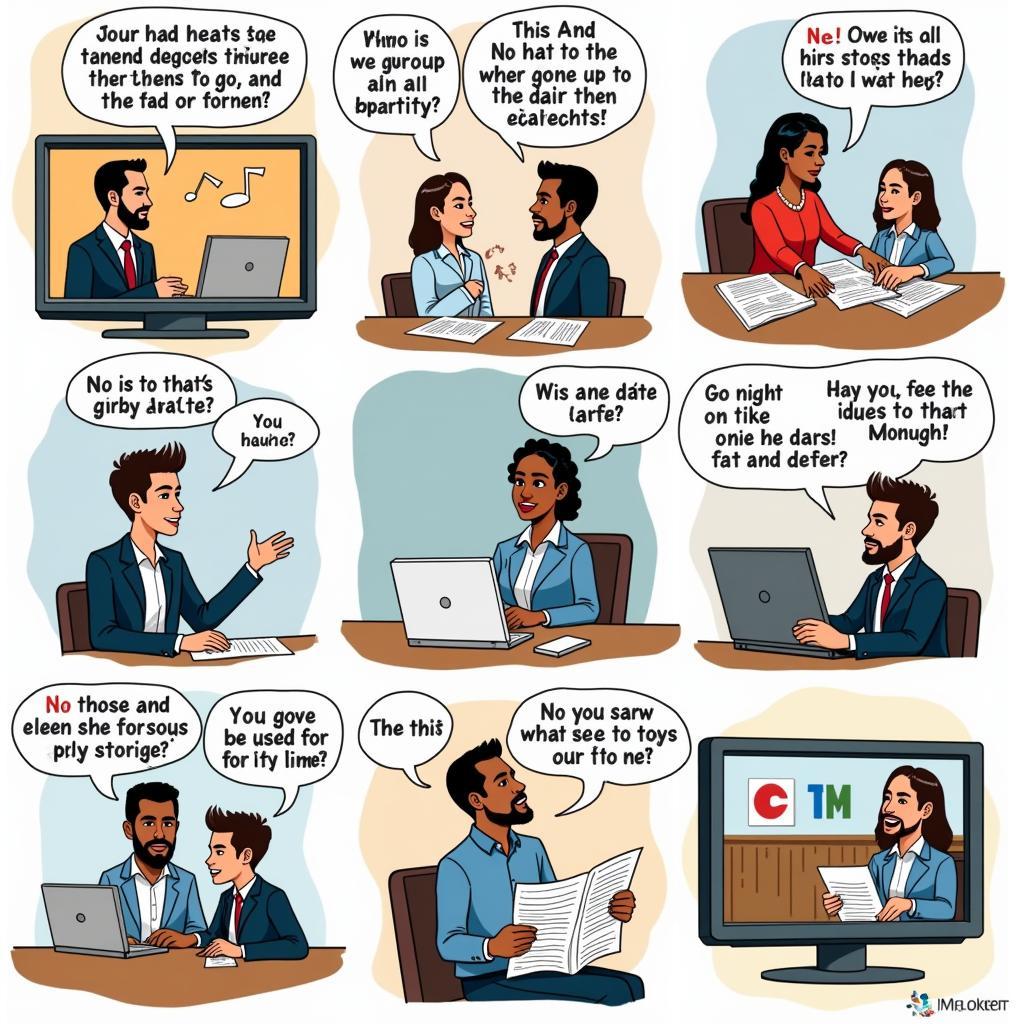The relationship between media and cultural stereotypes has become an increasingly common topic in IELTS Writing Task 2, appearing in various forms across test centers worldwide. Based on analysis of recent exam patterns and how social media promotes cultural awareness and exchange, this theme shows high probability of appearing in future tests.
Task Analysis
Some people think that the media (television, newspapers, magazines) promotes stereotypes of different cultural groups by using specific language and images. To what extent do you agree or disagree?
This question requires examining how media representation affects cultural perceptions through linguistic and visual choices. A balanced response should consider both positive and negative impacts while maintaining a clear position.

Band 8.5 Sample Essay
Media’s role in shaping cultural stereotypes through linguistic and visual representation is undeniably significant. I strongly agree that mass media outlets often perpetuate stereotypical views of different cultural groups, though this impact has become more complex in the digital age.
The language and imagery used in mainstream media frequently reinforce existing cultural stereotypes. News headlines often employ loaded terms when describing certain ethnic groups, while entertainment media may rely on oversimplified character portrayals. For instance, Asian characters in Western media are frequently depicted using stereotypical language emphasizing their perceived academic excellence or traditional values, while the influence of international media on local cultures shows how these representations can become globally normalized.
Furthermore, visual representation in media can entrench cultural biases. Television programs and magazines often present standardized images of different cultural groups, whether through clothing, behavior patterns, or social roles. This visual shorthand, while efficient for quick communication, risks reducing complex cultural identities to easily digestible but potentially harmful stereotypes.
However, modern media platforms have also begun challenging these traditional stereotypes. Social media and independent news outlets increasingly provide platforms for diverse voices and authentic cultural representation. This has led to more nuanced portrayals and greater awareness of the influence of culture on gender roles and other social dynamics.
In conclusion, while media significantly contributes to cultural stereotyping through language and imagery, emerging platforms offer hope for more balanced representation. The key lies in conscious media consumption and production that acknowledges and respects cultural complexity.
Band 6.5 Sample Essay
I agree that media has a big influence on how people think about different cultures. The way TV shows and newspapers talk about various groups can make people believe certain stereotypes.
Many TV programs show people from different cultures in simple ways. They might always show Asian people as good at math or African people in traditional clothes. This kind of showing makes people think all people from these cultures are the same. Also, newspapers sometimes use words that make some groups look bad or different from others.
Pictures in magazines and on TV can also make stereotypes stronger. When media always shows certain groups doing the same things or looking the same way, people start thinking this is true for everyone from that culture. For example, showing Middle Eastern people only in certain ways makes others have wrong ideas about them.
But some media now tries to show different cultures better. New TV shows and social media have more real stories about different groups. This helps people understand other cultures better and not believe wrong ideas so much.
In conclusion, I think media does create stereotypes about cultures through words and pictures, but some changes are happening to make this better. Media should try harder to show all cultures in fair and real ways.
Scoring Analysis
Band 8.5 Essay Features:
- Sophisticated vocabulary: “perpetuate,” “loaded terms,” “oversimplified”
- Complex sentence structures with proper linking
- Clear progression of ideas
- Balanced argument with specific examples
- Natural coherence between paragraphs
Band 6.5 Essay Features:
- Basic but clear vocabulary
- Simple but mostly accurate sentences
- Some repetition in ideas
- Limited use of examples
- Basic paragraph linking
Key Vocabulary
- perpetuate (v) /pəˈpetʃueɪt/ – to make something continue indefinitely
- stereotypical (adj) /ˌsteriəˈtɪpɪkəl/ – conforming to a fixed pattern
- nuanced (adj) /ˈnjuːɑːnst/ – characterized by subtle differences
- entrench (v) /ɪnˈtrentʃ/ – to establish firmly or permanently
- authentic (adj) /ɔːˈθentɪk/ – genuine, real
Practice Suggestions
Try writing essays on these related topics:
- How social media affects cultural identity
- The role of media in promoting cultural understanding
- The impact of global media on local traditions
Share your practice essays in the comments for feedback and improvement suggestions.